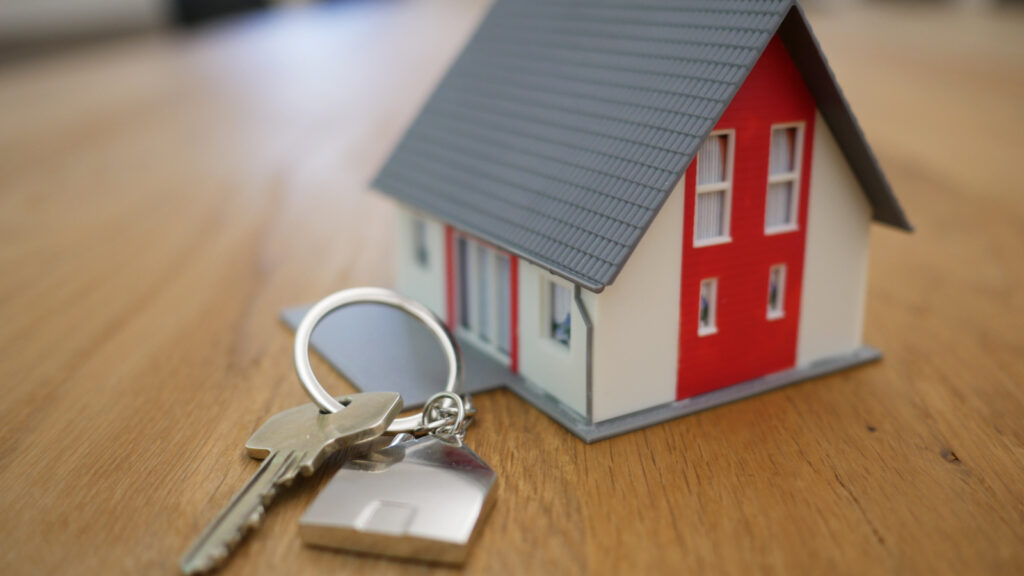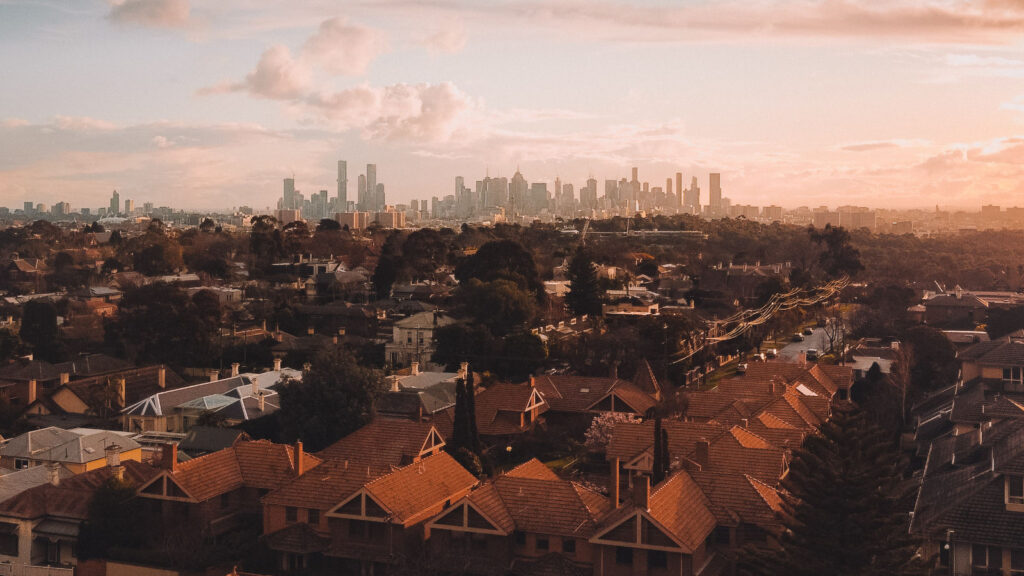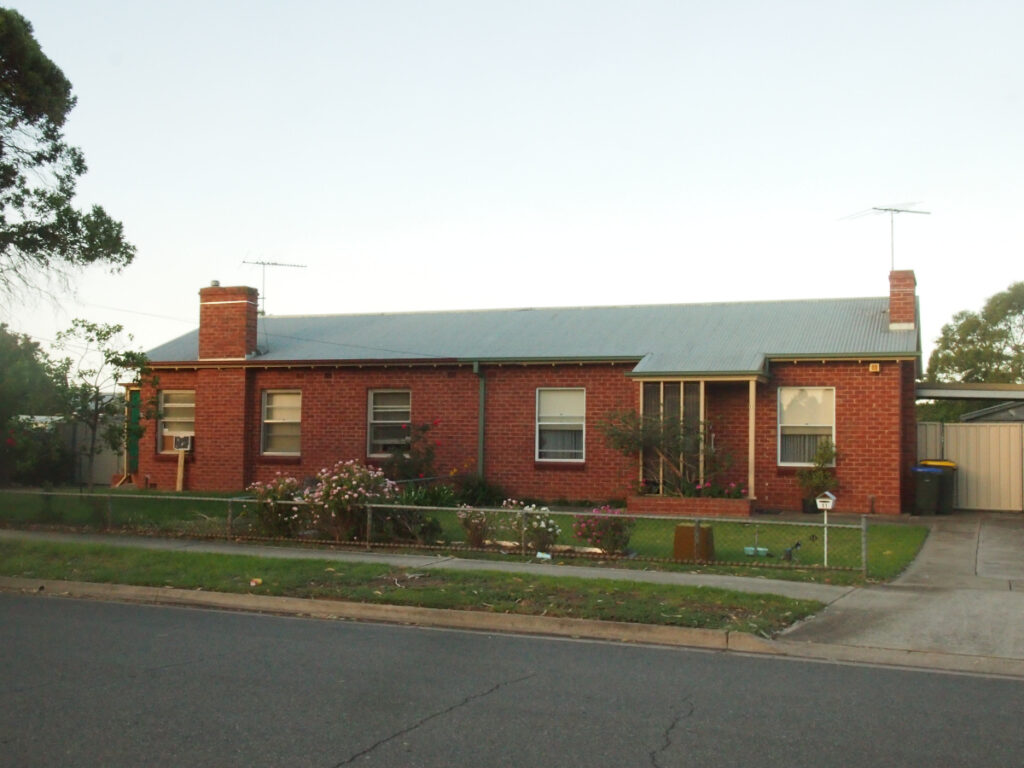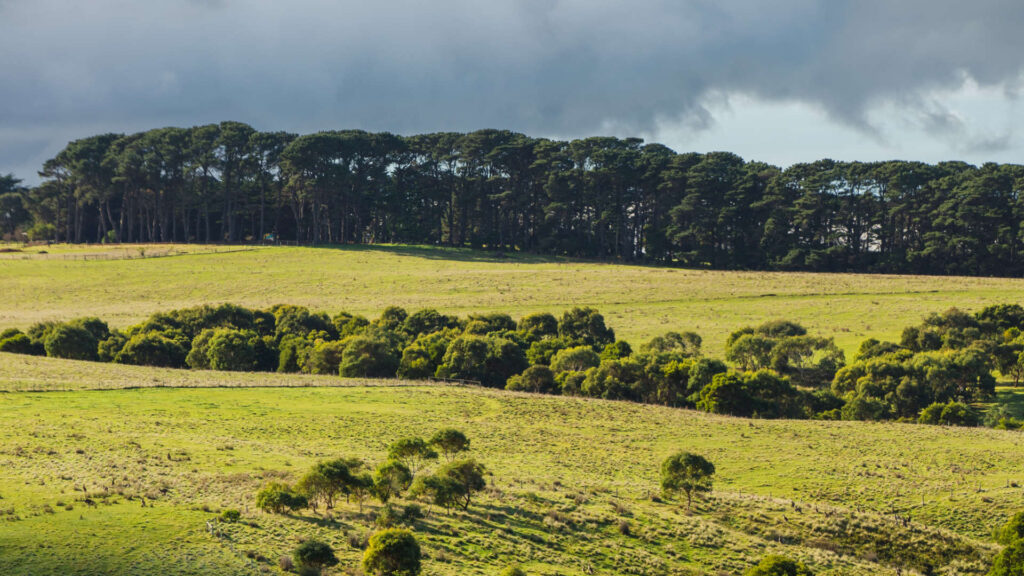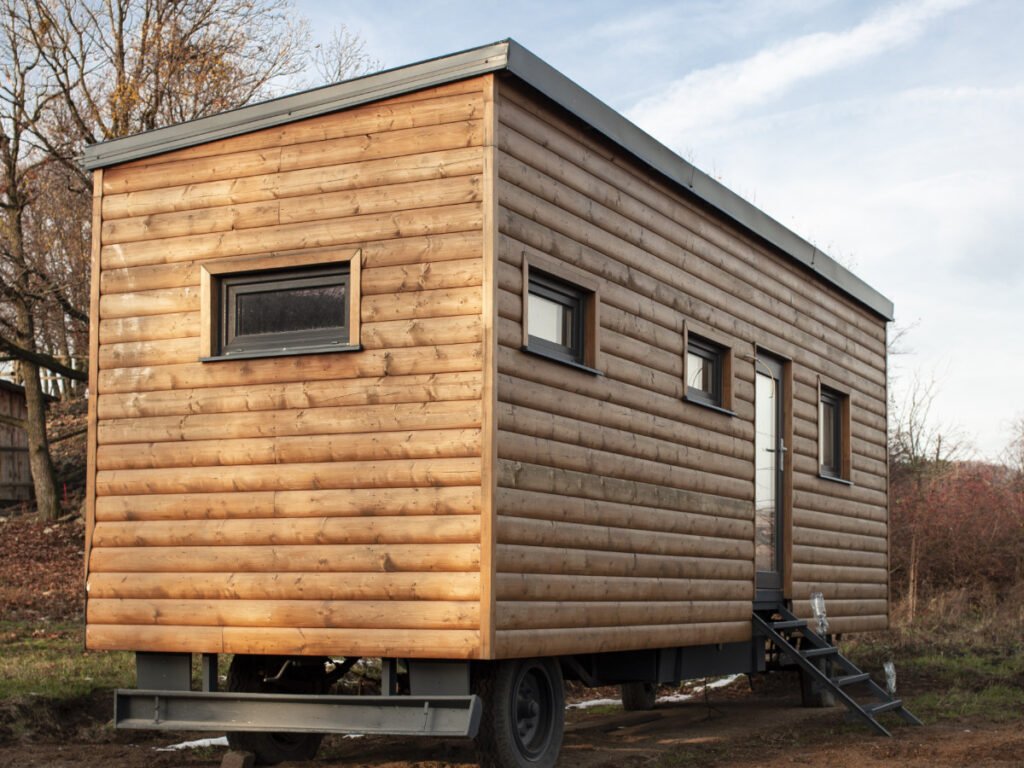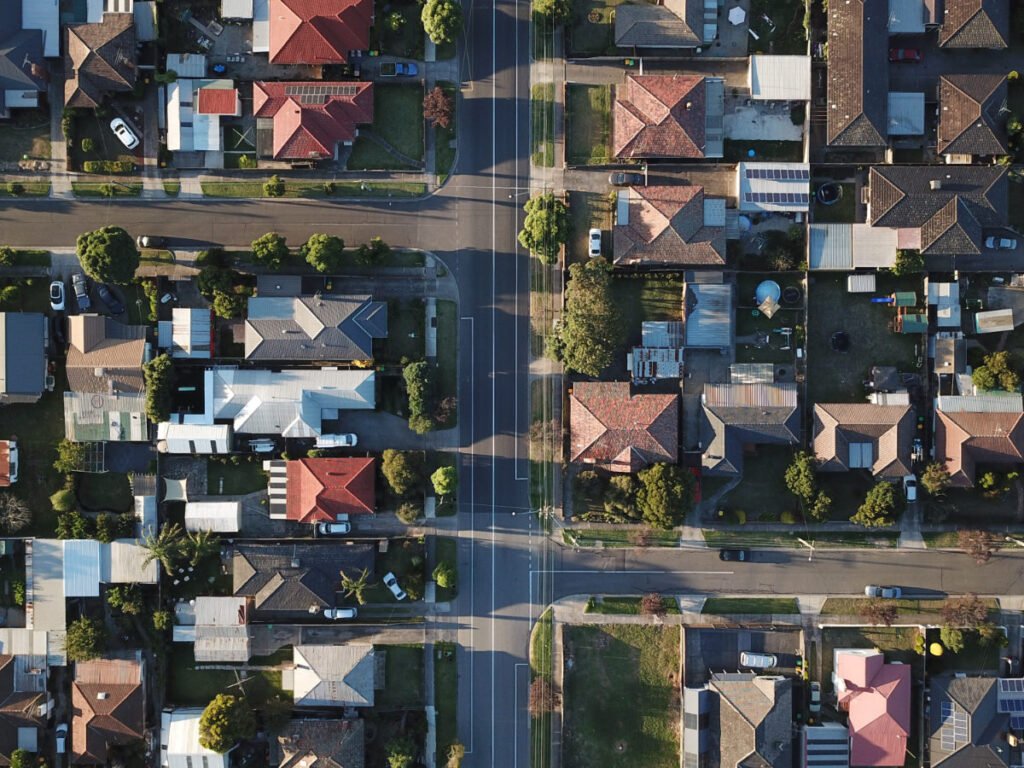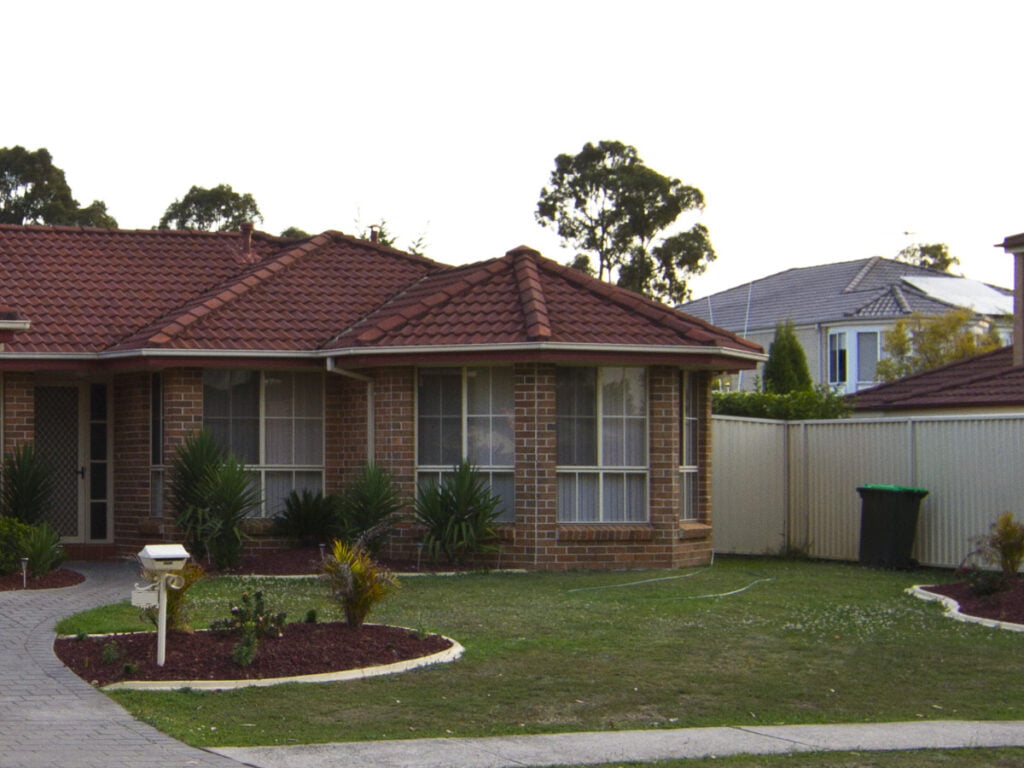Thousands of people will be denied choice in where they live as half of Australia’s states choose to opt out of a building code which would impose minimum standards of accessibility on all new house builds.
The silver standard design guidelines from Liveable Housing Australia (LHA) were incorporated into the National Construction Code (NCC) earlier this year to come into effect in September 2022.
The guidelines require a step-free path from the street to the door, wider doorways, hobless showers, reinforced walls in bathrooms to support future installation of rails, and a toilet at entry level.
However, New South Wales, South Australia and Western Australia have all opted out of the new requirements, meaning the standards will not be enforced in those States.
